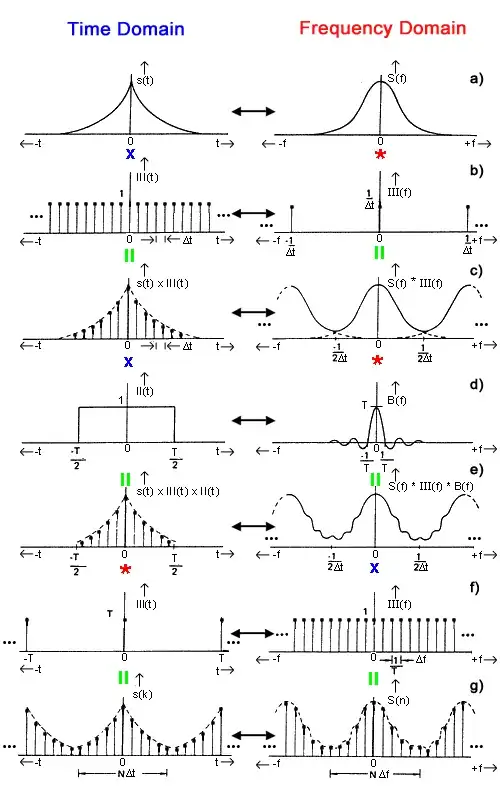I would like to know why the graphs below are symmetrical around x = 0. How can signals exist at a negative point in time or frequencies be negative? Does this have something to do with the complex nature of fourier transforms? Like, the only way to plot them in the real domain is to make the functions even by adding a non-existent symmetrical part along the negative side of the axis? If this is the case, should we just ignore all negative values and concentrate on the right side of each graph if we want to intperpret what we see on such a graph?
